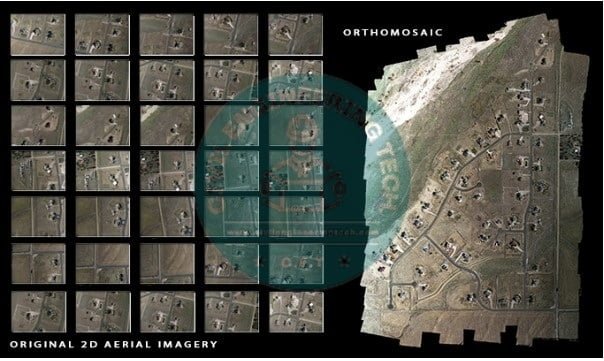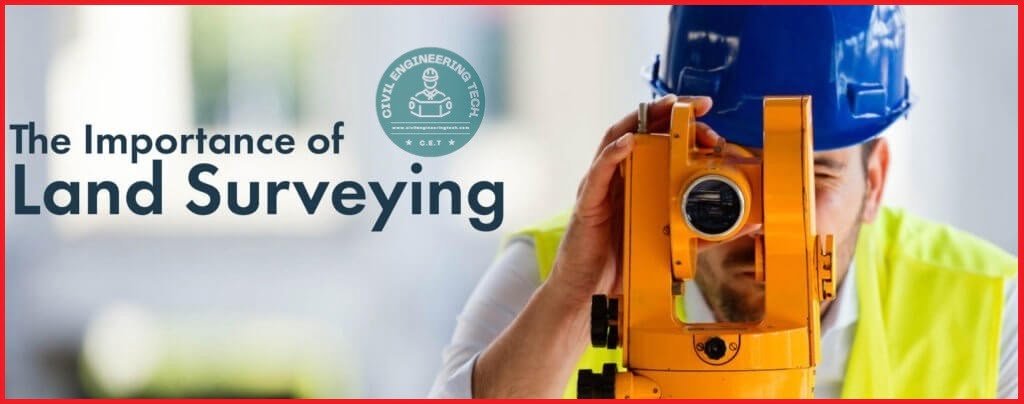Direct Method of Linear Measurement In Surveying
Direct Method of Linear Measurement In Surveying

Direct Method of Linear Measurement In Surveying
Surveyors can conduct linear measurements using three primary methods: direct method, electromagnetic methods, and optical methods. The direct method, which is the most commonly used, involves the use of a chain, tape, or other instruments to measure linear distances. Direct Method of Linear Measurement In Surveying.

Different techniques falling within the direct method of linear measurement include:
- Linear Measurement by the Pacing.
- Linear Measurement by the Passometer.
- Linear Measurement by the Pedometer.
- Linear Measurement by the Odometer and speedometer.
- Linear Measurement by the Chaining.
(1) – Pacing.
The pacing method is the commonly used in initial surveys and explorations. With this approach, the surveyor must carry out a rapid preliminary survey. It also provides a rough verification of the distance measured using other methods.

This technique involves counting the number of steps between the two points on the line. Understanding the average length of a step is crucial in determining the length of the line. The length of a step varies depending on the individual taking the measurements, the terrain, the pace at which they are walking, and the incline of the land.
Read More
Horizontal Distance Using Auto Level
Method Of Statement for Survey Works
How To Calculate the Quantity Of Concrete Volume Of Staircase
Walking on a relatively flat surface across different distances can assist in calculating the length of a person’s typical stride. Pacing on uneven terrain or inclines the presents challenges.
(2) – Passometer.
The passometer is the device similar to a watch that can be kept in the person’s pocket or attached to the individual’s leg. It tracks the number of steps taken as the person travels from 1 location to another.

This method effectively eliminates the boredom and effort involved in counting steps for the surveyor. The distance is the determined by multiplying the number of steps taken by the average length of the each step.
(3) – Pedometer.
The pedometer is the device similar to the passometer, which automatically calculates the distance traveled. It excels in measuring vertical distances.

(4) – Odometer.
The odometer is a device used to calculate the number of wheel rotations. By multiplying the number of rotations needed to travel a certain distance by the wheel’s circumference, the total distance covered can be determined.

The accuracy of the results produced by this device is compromised when used on a bumpy surface. However, it can be effectively utilized in vehicles on a flat and even surface.
Read More
(5) – Chaining.
The chaining technique involves measuring distance using either a tape or a chain, making it one of the most precise methods for determining linear measurements. Chains are typically used for standard accuracy, while tapes or specialized bars are utilized for high-precision measurements.
Other Post
Derivation of formula to set out the curves by the method of ordinates from a long chord
Components of Road Structure
What is contour interval and Uses of contour maps in surveying
how to Calculate the height of an object using With theodolite
Types of Maps in the Drone Mapping
Thumb rule for Civil Engineers
How To Calculate the Asphalt Quantity For Road





